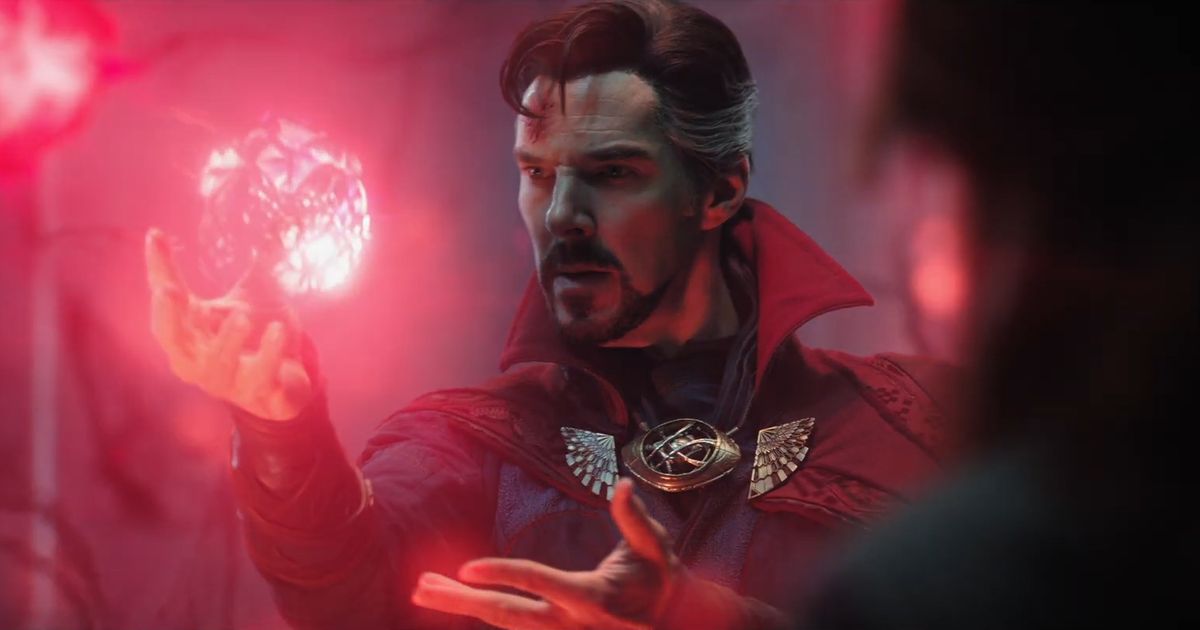Listen, when talking about superhero franchises, you’ve got to admit, that the two most popular names that come to mind are Marvel and DC.
While there may be a couple of similarities between the heroes and villains they present in the comics and on-screen, here’s where we can narrow down another element both the MCU and DC Extended Universe share: their concept of the Multiverse.
The Multiverse is not entirely a new thing to explore. It opens up a lot of possibilities in terms of fixing the timeline and venturing off to alternate universes, but the MCU and DCU did this differently.
Here is how the MCU’s vs. DC’s Multiverse are different from one another.
ALSO READ: Will We Ever See a Live-Action Star Wars X Marvel Crossover? Everything We Know So Far
SPOILER WARNING: This article contains MAJOR SPOILERS for some MCU and DCU films, so READ AT YOUR OWN RISK!
MCU’s Multiverse vs. DC’s Megaverse
The idea of the Multiverse existing used to be just a myth, a theory, but thanks to multiple franchises, the concept has started to consume Hollywood.
To start off, the multiverses in both franchises have different names they go by.
For the MCU, they claimed the Multiverse right off the bat, seeing as they also managed to establish their timeline in their theatrical releases.
DCU, on the other hand, has coined the term ‘Megaverse’ in The Flash.
See, DC Studios co-CEOs James Gunn and Peter Safran are looking to rebuild the entire DC Universe, and what better way to start this off than their very own somewhat ‘Megaverse’ traveler, the Scarlet Speedster?
Although this doesn’t include how the DCU did it back then, the DCEU reboot offers plenty of possibilities on how the franchise could improve its timeline continuum.
Different Timelines & Realms Exist in the MCU’s Multiverse
Here’s a little note: the MCU’s Multiverse has run longer than the DCU, in context to the DC rebooting their entire franchise timeline this year.
But this doesn’t hinder the DCEU in introducing more timelines and realms within their ‘Megaverse.’
In fact, if anything, The Flash just gave way to how their Megaverse experiences the consequences and how to react to timeline changes.
They did sneak a glimpse into one of the many realms that DC plans on honing in future films.
As for the MCU’s Multiverse, most realms and other realities had been introduced in the Doctor Strange franchise, while their other films and series, What If…?, Ant-Man and the Wasp: Quantumania, and Loki have covered how easy it is to change the timelines.
The MCU’s Multiverse Branches Realities
The Multiverse carries consequences. Just because it offers a variety of alternate dimensions and realms doesn’t mean it’s all good to tamper with the balance of the universe.
The MCU’s Multiverse introduced the concept of ‘branching’ realities in Loki Season 1. This ‘branching’ of realities here is how it led us to the existence of the Time Variance Authority (TVA).
How this works is, that the Multiverse is essentially the Sacred Timeline that can never be changed.
So, when an ‘unplanned decision’ comes to view, the TVA is responsible for ‘pruning’ the creation of the said timeline to ensure that the canon event is still the one happening.
The consequences in the Megaverse, on the other hand, do not ‘branch’ realities.
As shown in The Flash, no matter how many times the younger Barry tries to rescue Supergirl from death, he always ends up getting her killed one way or another.
This proves that their timeline is absolute, which is exactly why despite the present Barry hoping to see his mom alive again only led his timeline in his own reality to transform into something completely new.
The Flash Created A New Timeline for DCEU
The Flash is where the new DC Extended Universe will begin, and it couldn’t be more timely.
Considering that Barry Allen can travel through the 'Megaverse' if he runs fast enough, his origin story in the Ezra Miller-led film pretty much sums up how the multiverse opened up in the franchise.
See, the ‘new timeline’ here is a separate timeline from the previous DC films, where we’ll likely be seeing George Clooney as Bruce Wayne or Batman, instead of Ben Affleck.
The MCU Has A Multiverse Traveler, America Chavez
The Flash’s ability includes moving through walls and even to the point of moving through time itself, which is how he traveled to the past. Well, his other universe self’s past, that is.
While Barry Allen can technically travel through the Multiverse thanks to his speeding abilities, the MCU has America Chavez who has no existing variants at all.
Just that she is one of the most powerful beings in the MCU who can transport between multiverses through her star-shaped portals.
Introduced in Doctor Strange in the Multiverse of Madness, America came out of nowhere in the middle of her multiverse jumping.
Although we had less time to get to know more about her origins and powers, let’s just say that the Doctor Strange sequel having her master her multiverse powers opens a whole new door for what she’s about to do next once she jumps back into the MCU.
Now that we've dissected the biggest differences between the MCU and DC's Multiverses, hopefully, this clears things up on how both Multiverses' rules work in their own ways.
The Multiverse is something we have yet to fully understand in both franchises, but it's definitely worth watching and finding out more secrets behind it.
If you’re interested in reading more Marvel and DC content like this, check out our MCU-related or DCU-related news stories here on EpicStream!
READ NEXT: The Ultimate Marvel Watch Order: Where To Start Watching
Explore new topics and discover content that's right for you!







